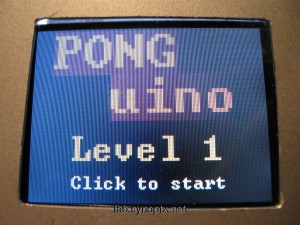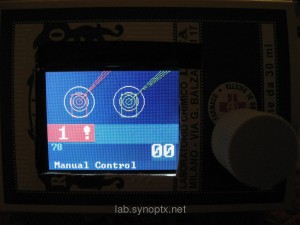WordPress Review – deutsch
Nach dem ersten Artikel über das Drupal CMS & Framework mit der Drupal Testinstallation, möchten wir heute das WordPress Blog System kurz vorstellen.
Hierzu stellen wir eine weitere Demo Installationen zum Kennenlernen und Experimentieren bereit:
100% Blog
Dieses System ist für Blogs konzipiert und bietet für diesen Anwendungszweck eine ungeschlagene Funktionsvielfalt. So ist es z.B. möglich, zu jedem Link in neu verfassten “Blog Post” – Artikel automatisch einen Kommentar in etliche andere Blogs posten zu lassen. Achtung! Dies ist per default eingeschaltet! (und kann bei Entwicklungs- und Test- Installationen sehr unerfreulich sein).
So muss man sich zuerst in Blog- spezifische Begriffe wie “PingBacks”, “Permalinks”, “Tags”, u.v.m. einlesen und die vernetzten anderen Blog- Webseiten konfigurieren, bevor man diese Funktionen sinnvoll einsetzen kann.
Administration
Das Admin-Interface wirkt elegant, modern und einigermassen performant. Die einfache Verwaltung von Inhalten und das Posten von Artikeln gelingt sofort und ist mit Javascript (“AJAX”) Funktionen sehr schnell und intuitiv gestaltet. Auch das Anlegen einzelner, editierbarer Seiten ist sehr einfach. Themes und Plugins können mit wenigen Klicks direkt installiert werden. Hinweise auf Drupal und Modul -Updates, – die auch meist mit wenigen Klicks erledigt sind – machen es auch für den unerfahrenen Anwender möglich, das System auf dem neuesten Stand und möglichst sicher zu halten.
Problematisch wird es, wenn man individuelle Seiten erstellen möchte und dem Kunden oder Webmaster ein einfaches Interface zur Bearbeitung der Inhalte zur Verfügung stellen möchte: Die Navigation lässt sich nur schwer anpassen und die integrierten Funktionen decken meist nicht alle (Sonder-) Wünsche ab.
Größter Schwachpunkt ist die Medienverwaltung, die erst mit mehreren Zusatz-plugins einigermassen einfach bedienbar wird. Wenn man dann bei allen Bildern “[Captions]”, Tags und Title im “erweiterten Editor” richtig setzt, funktionieren aber auch elegante Javascript Galerien.
Anpassungen & Erweiterungen
Für viele Funktionen einer kompletten Webseite werden Zusatzplugins benötigt. Diese sind in großer Zahl im integrierten Plugin Manager enthalten und können meist mit wenigen Klicks installiert werden. Nachteilig hierbei ist, dass einige Module nicht das halten, was sie versprechen oder dass sie veraltet und/oder unsicher sind.
Es gibt Standards für sie korrekte Programmierung mit dem WordPress Framework, jedoch wird deren Einhaltung nicht geprüft und so finden sich viele Module im Archiv, die nicht einfach anpassbar und erweiterbar sind.
Diverse Module sind in Sicherheits-News bekannt dafür bekannt geworden, dass Sicherheitslücken nie behoben wurden und automatisierte Angriffe monatelang 1000de Blog-Webseiten erfolgreich übernehmen konnten.
Fazit
Optimal für reine Blog Systeme, da es hierfür sehr viele Spezialfunktionen bietet. Zur Erstellung von indivduellen Webseiten mit Datenbankmodulen wird viel Erfahrung benötigt, um die ‘richtigen’ Komponenten zu kennen und Anpassungen vorzunehmen zu können oder eigene Module zu erstellen.



















